Deadliest Flight – Taiwan’s Grueling Sea Races Kill Over One Million Pigeons Each Year

Every year, more than a million pigeons die while competing in Taiwan’s controversial pigeon sea races, a series of grueling events in which young birds are shipped far out to sea, released in the middle of nowhere and forced to fly home. According to several reports from animal rights organizations, less than 1% of them […]
Male Stork Travels 14,000 Km Every Year to Be with His Handicapped Mate
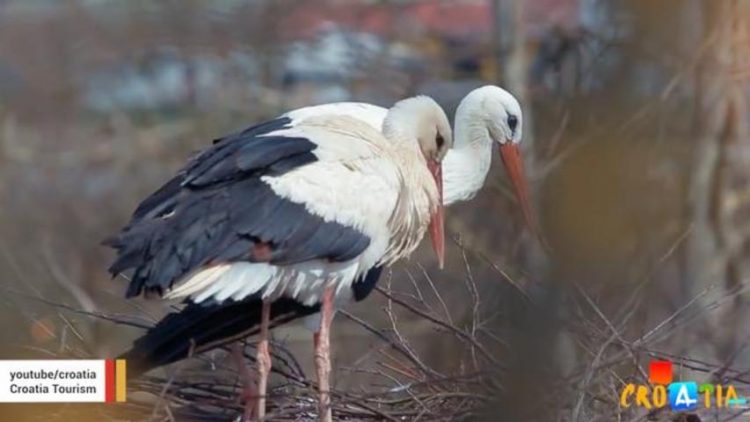
The world’s most faithful male is a stork. Every year, for the past 16 years, he has flown 14,000 km from his winter home in South Africa to a small village in Croatia, Europe, to be with his handicapped mate, who cannot fly due to an old gunshot wound. The amazing love story between Klepetan […]
Chicken in Thailand Still Alive 10 Days After Literally Losing Its Head

A chicken from the Ratchaburi Province in central Thailand has been hailed as a “true warrior” for surviving more than a week after being decapitated. It has now been adopted by monks who are feeding it by pumping food into its throat with a syringe. The headless chicken first made news headlines earlier this week, after photos […]
Australia’s “Firehawks” Deliberately Start Wildfires to Flush Out Prey
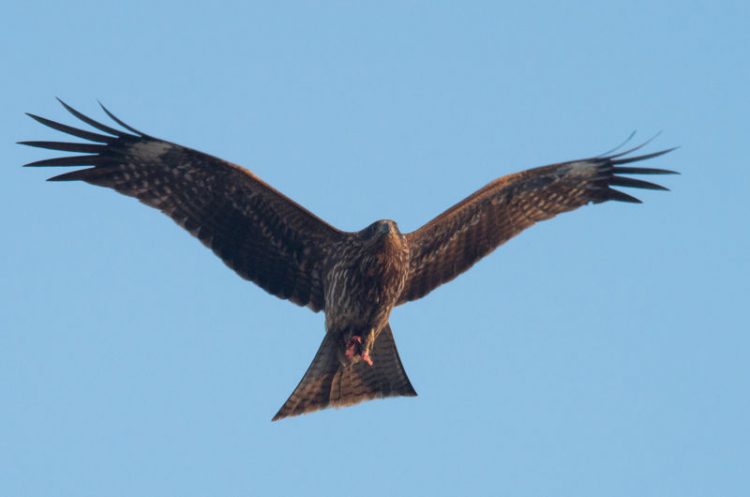
According to a research paper published recently in the Journal of Ethnobiology, several Australian birds of prey have the habit of starting wildfires for the soul purpose of flushing out prey from the blazing grasslands. Interestingly, aboriginals have known about this for over 40,000 years and even have a name for the fire-wielding birds – […]
Wealthy Brits Install Spikes on Trees to Stop Birds Pooping on Their Expensive Cars
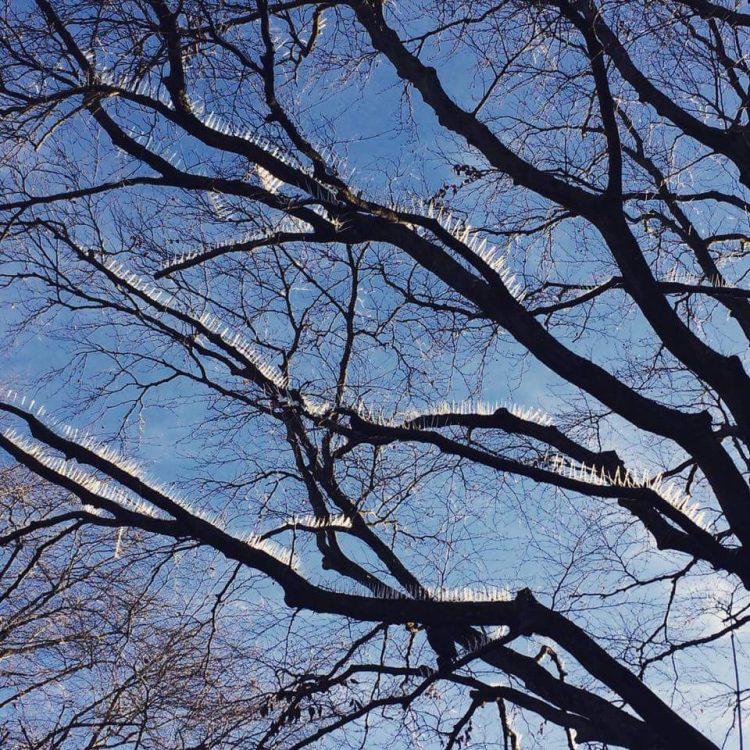
Wealthy residents of an elite neighborhood in Bristol, England have installed ‘anti-bird spikes’ on trees in an attempt to protect their expensive cars from bird droppings. The spikes, which are commonly used to prevent birds from roosting and nesting on building ledges over public sidewalks, were nailed to two trees in the exclusive Clifton area […]
Tiny Birds Build Communal Nests So Large They Can Pull Down Trees

While most songbirds build small, discreet nests designed to shelter one clutch of eggs, the Social Weavers (Philetairus socius) of southern Africa build communal nests so large that they can pull down mature trees. Each structure can weigh over a ton, and range upwards of 20 feet wide and 10 feet tall, with over a […]
“Bird-Catcher Tree” Lures Birds with Free Meals, Then Accidentally Kills Them
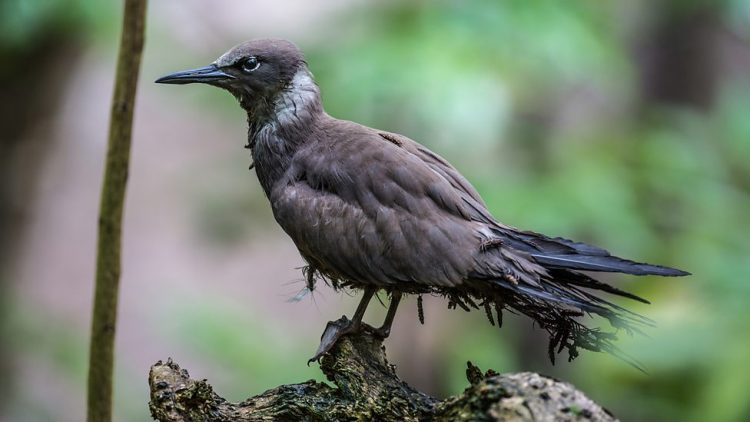
Pisonia Brunoniana is a species of small flowering trees native to tropical regions from Hawaii to New Zealand, and as far west as India. The pisonia tree has soft brittle wood with large glossy leaves and a dark secret. If you search among its roots and branches, you’re likely to find thousands of delicate bones […]
The “Gangs of Urban Turkeys” Terrorizing Massachusetts
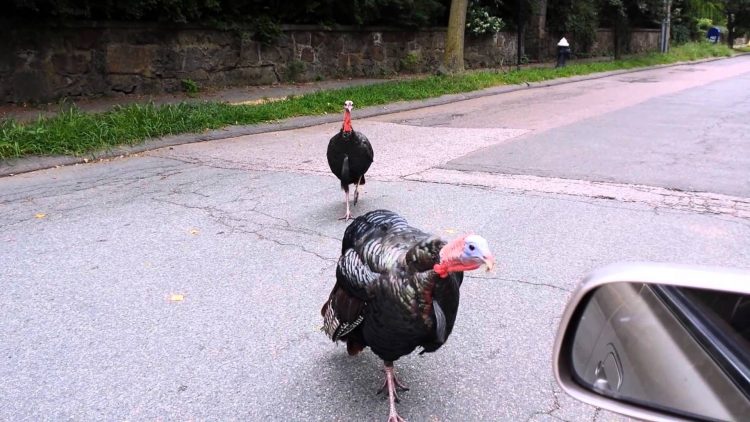
After being nearly wiped out from New England in the 1800s, wild turkeys are apparently turning the tables on their human oppressors, wreaking havoc on the streets of Boston and other urban areas of Massachusetts. The number of residents attacked by the aggressive birds has increased dramatically in the last year, police say. Wild turkeys once […]
“Birdman of Gujarat” Has Been Feeding Around 3,000 Birds Every Day, for 17 Years

Harsukh Bhai Dobariya, of Gujarat, India, is very popular with birds. Every day, between 2,500 and 3,000 parrots and sparrows visit his 4-acre farm to feed on tasty millet cobs and build their nests away from predators. Nicknamed “The Birdman”, Dobariya has spent the last 17 years of his life looking out for the birds and […]
UCLA Researcher Grows Colony of 200-Plus Hummingbirds Outside Her Office
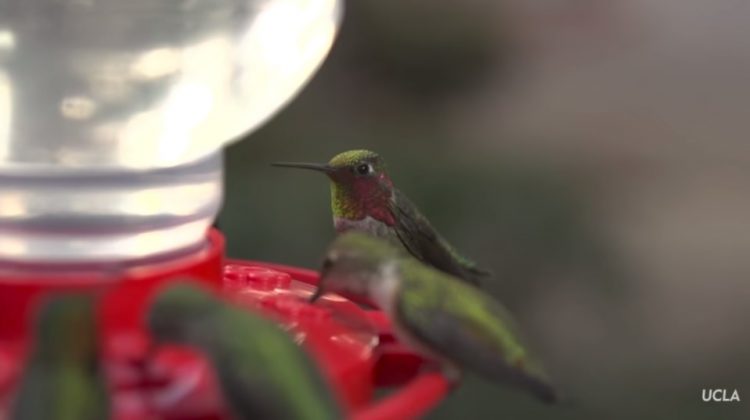
Melanie Barboni, an assistant researcher at UCLA’s Earth, Planetary and Space Science department, is known as an expert in geology and volcanic activity among her colleagues, but those who haven’t worked with her before know her only as the “hummingbird whisperer”. She has always been fascinated by the tiny birds, and after moving to Los […]
The Alaskan Town Where Bald Eagles Are as Common as Pigeons

The majestic bald eagle is the national bird of the United States, but most Americans are lucky to see one first-hand during their lifetimes. Unless they live in the town of Unalaska, Alaska, where bald eagles are as common as pigeons are in other human settlements. Unalaska is home to around 4,700 people who have […]
Brazilian Church “Hypnotizes” Pesky Pigeons with Colored Bullseyes
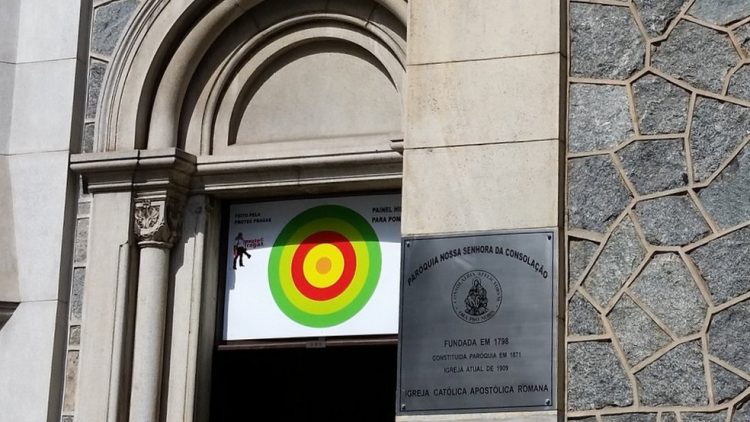
The Nossa Senhora da Consolação church, in downtown Sao Paolo, Brazil, used to have a serious pigeon problem. The pesky birds would fly through the place during sermons, poop on the benches and leave feathers everywhere, but ever since they had these colored circle panels installed in the windows and doorways, no pigeon gets close anymore. […]
Japanese Professor Claims That Crows Respect Written “Do Not Enter” Signs
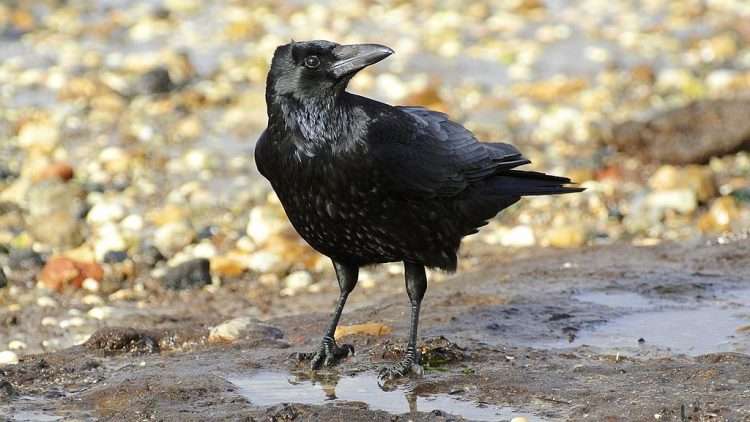
When a friend and “crow expert” told Katsufumi Sato to hang some “do not enter signs” on the outside of a building to keep pesky crows a way, the Japanese professor thought he was only kidding, but after three years of employing the bizarre strategy, he says it works perfectly. Sato, a professor of ethology, hanged […]
Lord of the Birds – Indian Man Dedicates His Life to Saving Endangered and Abandoned Birds

Dr. Sri Ganapathy Sachchidananda Swamiji has recently been recognized by Guinness Book of Records for housing the most bird species under a single roof, 468. He is not a collector who takes pleasure in depriving exotic birds of their freedom, but simply a compassionate man who rescues endangered, injured and abandoned birds from around the world […]
You Might Not Want to Go There, but North Korea Is One of the World’s Last Havens for Birds
North Korea may be one of the world’s least tourist-friendly countries on Earth, but its strategic location along the avian East Asian Australasian Flyway and complete lack of development is preventing the extinction of several once plentiful species of migratory birds. Around fifty million birds, from tiny song birds to cranes, journey across the East Asian […]
